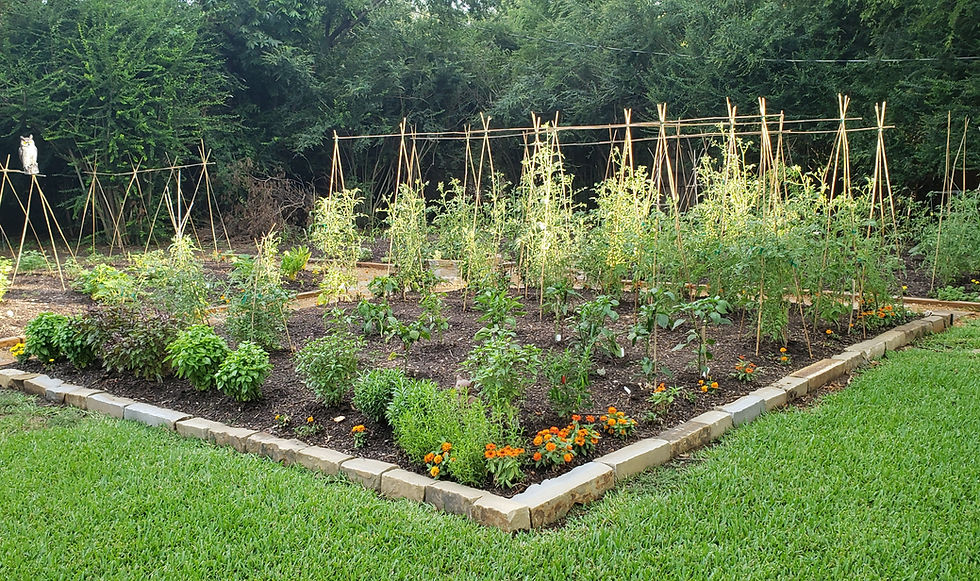Saving Flying J
- Olga Arseniev
- Jun 5, 2020
- 2 min read

I won’t go into details about how gruesome it was to watch a caterpillar get slashed open by a wasp in my garden. But it’s a good place to begin my brief story.
A month after planting dill, a host plant for butterflies, I discovered five baby Swallowtail caterpillars. The cute little guys were growing like gang busters. The bigger they got, the less dill remained. (Fortunately, I'd planted enough to keep things going.) As they approached their final stage before turning into a chrysalis, and finally butterflies, their voracious appetite increased. It was what would help them prepare for the morphing journey ahead.
One day, three of them disappeared. I suspected the predatory wasps I'd seen circling around earlier in the day. Then, in a rare moment, I actually witnessed a wasp dive bomb to attack one of the remaining caterpillars. He fought bravely, but in the end, he clung to a stalk of dill while the aeronautically advanced wasp came at him from all sides. It was hopeless.
I think of Newton's third law whenever I see such things. For every action, there is an equal and opposite reaction. Mine was to save the remaining caterpillar. As gardeners and farmers know, wasps are a natural pest control against caterpillars. They're a great insect to have on your side, unless you want to raise butterflies. If you want these two peacefully co-existing, you'll need a netted sanctuary for the butterfly. That's the only way you can prevent this sort of thing from happening.
I put together a mini-sanctuary for the lonely guy and named him Flying J. The name was something my son Jasper came up with. Around the age of 5, he was humored by the final stage of a caterpillar when it secures itself onto a strong surface, often hanging sideways or upside down, and then morphs, into a chrysalis. It’s a fun thing to watch. I like to describe it as a trapeze act followed by a magic show.
Below are a few photos showing how I saved Flying J. These images are graphic, but family friendly (unlike the wasp attack).





The following photos are of previous sanctuaries I've done for other Swallowtails in my garden. These were hosting on parsley. The butterfly looks similar, but it's different than Flying J's variety of Swallowtail.







Comments